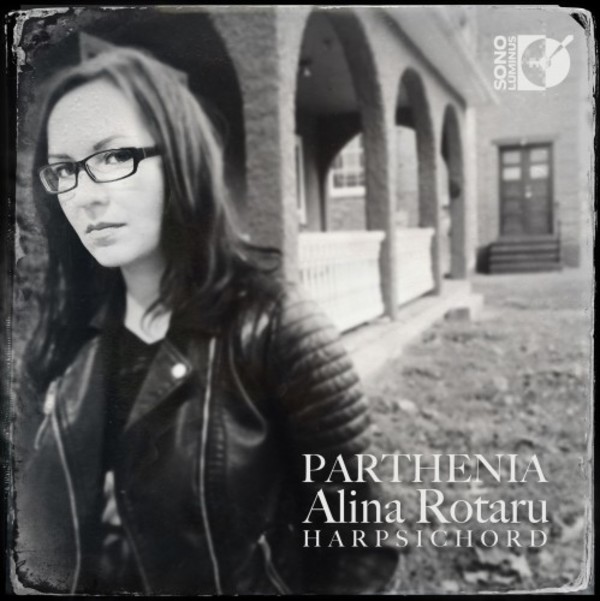
Parthenia
£13.25
Usually available for despatch within 2-3 working days
Despatch Information
This despatch estimate is based on information from both our own stock and the UK supplier's stock.
If ordering multiple items, we will aim to send everything together so the longest despatch estimate will apply to the complete order.
If you would rather receive certain items more quickly, please place them on a separate order.
If any unexpected delays occur, we will keep you informed of progress via email and not allow other items on the order to be held up.
If you would prefer to receive everything together regardless of any delay, please let us know via email.
Pre-orders will be despatched as close as possible to the release date.
Label: Sono Luminus
Cat No: DSL92208
Format: CD
Number of Discs: 1
Genre: Instrumental
Release Date: 11th November 2016
Contents
Works
Galiardo in DGalliard to the Pavan
Pavan and Galliards: St Thomas Wake!
Pavana
Preludium in G
Galiardo Mistris Marye Brownlo, BK34
Galiardo Secundo [The Earl of Salisbury]
Gallardo [The Earl of Salisbury]
Galliard 'Sir William Petre'
Pavan 'Sir William Petre'
Pavan 'The Earl of Salisbury'
Preludium in C
Fantasia of four parts
Galiardo [The Earl of Salisbury]
Galiardo in C
Preludium in G
The Lord of Salisbury Pavan
The Queenes Command
Artists
Alina Rotaru (harpsichord)Works
Galiardo in DGalliard to the Pavan
Pavan and Galliards: St Thomas Wake!
Pavana
Preludium in G
Galiardo Mistris Marye Brownlo, BK34
Galiardo Secundo [The Earl of Salisbury]
Gallardo [The Earl of Salisbury]
Galliard 'Sir William Petre'
Pavan 'Sir William Petre'
Pavan 'The Earl of Salisbury'
Preludium in C
Fantasia of four parts
Galiardo [The Earl of Salisbury]
Galiardo in C
Preludium in G
The Lord of Salisbury Pavan
The Queenes Command
Artists
Alina Rotaru (harpsichord)About
Parthenia, or the Maydenhead of the first musicke that was ever printed for the Virginalls is perhaps the most important early publication of English keyboard music. It was first published either late 1612 or early 1613 and, as its title indicates, was the first printed collection of keyboard music to appear in England. The “mastermind” behind Parthenia was the engraver William Hole, who conceived it as a wedding gift to Princess Elizabeth Stuart (the second child and eldest daughter of James VI and I) and Frederick V, Elector Palatine of the Rhine. The extravagant wedding, whose costs almost bankrupted King James, took place on Valentine’s Day, February 14, 1613; stage plays, musical performances, mock naval battles on the Thames, and fireworks were included in the festivities accompanying the ceremony.
The original dedication to Parthenia contains a somewhat cryptic passage that singles out the “neighbour letters E and F, the vowell that makes so sweet a Consonăt, Her notes so linkt and wedded together seeme liuely Hierogliphicks of the harmony of mariage…” The author has linked these two letters together because they represent the royal couple: “E” refers to Elizabeth Stuart, and “F” to Frederick. This symbolic association musically comes to life in Gibbons’ “The Queen’s Command,” where the two “liuely Hierogliphicks” take on the guise of the pitches E and F. These two pitches play a central role in the piece: they are the two opening notes, and each section begins alternately on either E or F. After this musical reenactment of the union of Elizabeth Stuart and Frederick, the final prelude bursts in joyous celebration through a stream of exuberant figurations and cascading scalar passages.
Error on this page? Let us know here
Need more information on this product? Click here